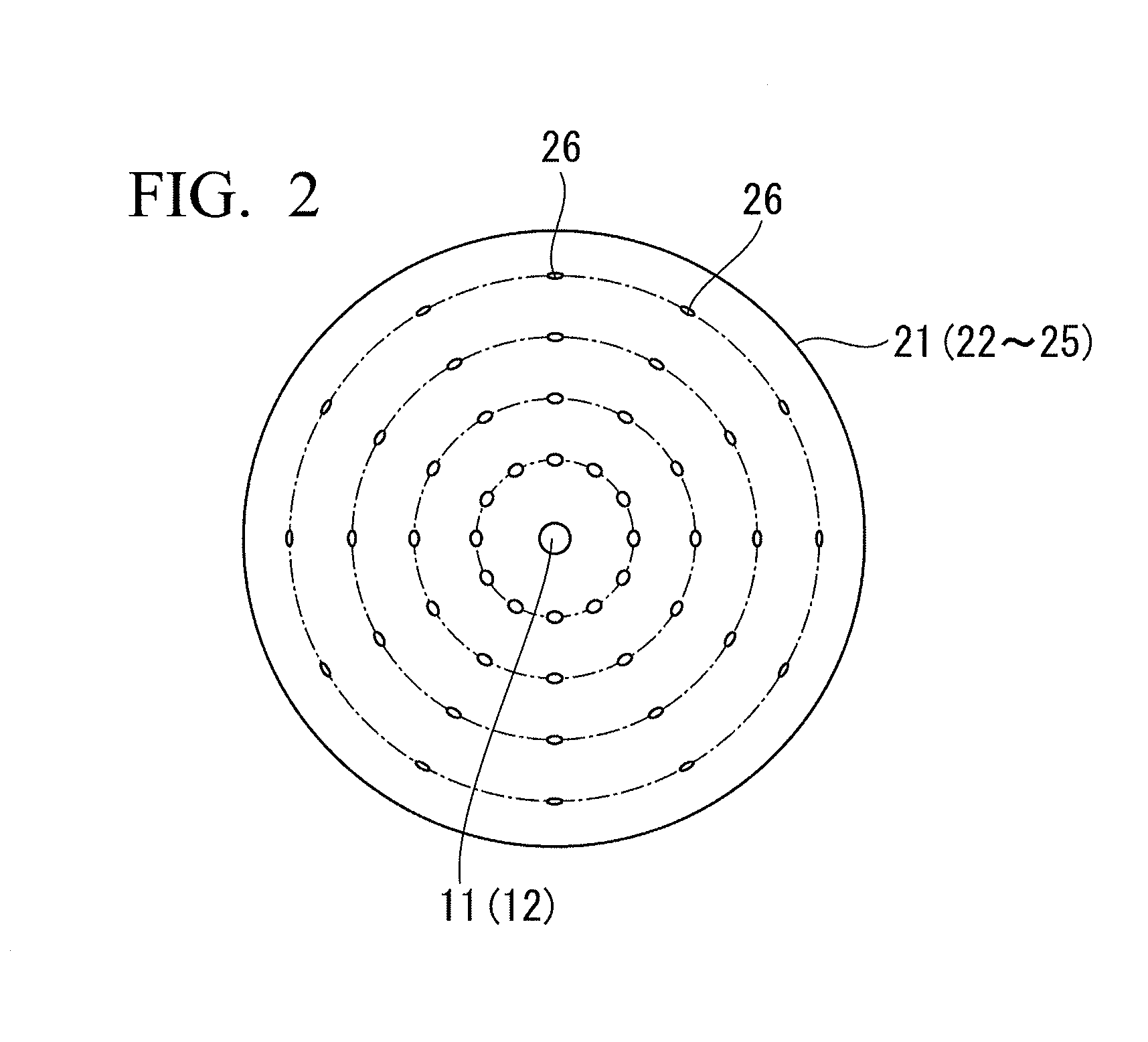Electrode member, electron energy analyzer, photoelectron energy analyzer, and temperature measuring apparatus
a technology of electron energy analyzer and electron energy analyzer, which is applied in the direction of heat measurement, instrumentation, and beam deviation/focusing by electric/magnetic means, etc. it can solve the problem of unclear definition of measured physical value, inability to simultaneously multi-functional measurement with another surface analysis measurement, and inability to measure physical values. the effect of a single surface analysis measurement and a single electron energy spectrum
- Summary
- Abstract
- Description
- Claims
- Application Information
AI Technical Summary
Benefits of technology
Problems solved by technology
Method used
Image
Examples
Embodiment Construction
[0054]Hereinafter, embodiments for implementing an electrode member, an electron energy analyzer, a photoelectron energy analyzer, and a temperature measuring apparatus in accordance with the present invention will be described.
[0055]In addition, the embodiment is specifically described so that the spirit of the present invention is better understood, but does not limit the invention unless the context clearly indicates otherwise.
[0056]FIG. 1 is a cross-sectional view illustrating a photoelectron energy analyzer in accordance with a preferred embodiment of the present invention. FIG. 2 is a plan view illustrating a spherical electrode part of the photoelectron energy analyzer in accordance with a preferred embodiment of the present invention. A photoelectron energy analyzer 1 includes a light source 2 configured to irradiate light L to a sample S, an electrode (member) 3 through which photoelectrons ep excited by the light L and emitted from the sample S pass, and a detector 4 confi...
PUM
| Property | Measurement | Unit |
|---|---|---|
| energy resolution | aaaaa | aaaaa |
| absolute temperatures | aaaaa | aaaaa |
| absolute temperatures | aaaaa | aaaaa |
Abstract
Description
Claims
Application Information
 Login to View More
Login to View More - R&D
- Intellectual Property
- Life Sciences
- Materials
- Tech Scout
- Unparalleled Data Quality
- Higher Quality Content
- 60% Fewer Hallucinations
Browse by: Latest US Patents, China's latest patents, Technical Efficacy Thesaurus, Application Domain, Technology Topic, Popular Technical Reports.
© 2025 PatSnap. All rights reserved.Legal|Privacy policy|Modern Slavery Act Transparency Statement|Sitemap|About US| Contact US: help@patsnap.com



